We visited Baba & Nyonya Heritage Museum in Melaka on December 13, 2023, at about 2 PM. A day or two before the visit, we called the museum to request permission to bring a camera.



They said okay, and I brought my camera. We took lots of photos. Before we dive into our experience and share it with you, let’s explore the meanings behind the terms Peranakan, Baba, and Nyonya.



According to Britannica, Peranakan refers to people in Indonesia, Singapore, and Malaysia with mixed local and foreign ancestry. While there are various kinds of Peranakans, the most common are the Peranakan Chinese, often simply referred to as Peranakan.



In Malay, sourced from Kamus Dewan Edisi Keempat, Peranakan means the descendants of locals with foreign roots, such as Peranakan Cina for Chinese descent.



It also refers to individuals born in a specific place, like pemuda-pemuda Peranakan Melaka for youths born in Melaka. The term is also associated with the concepts of the womb (rahim) and pregnancy (kandungan), as evident in contexts like illness (sakit).



The Peranakan culture in Malaysia has its origins in settlers who arrived in the Malay archipelago six centuries ago. Some of these settlers formed families with women from different regions, including Sulawesi and Sumatra.



They married and had children, and these children came to be known as Peranakan. Today, the term Baba-Nyonya is commonly used instead of Peranakan Chinese. Baba is used as an honorific for men, and Nyonya for women.

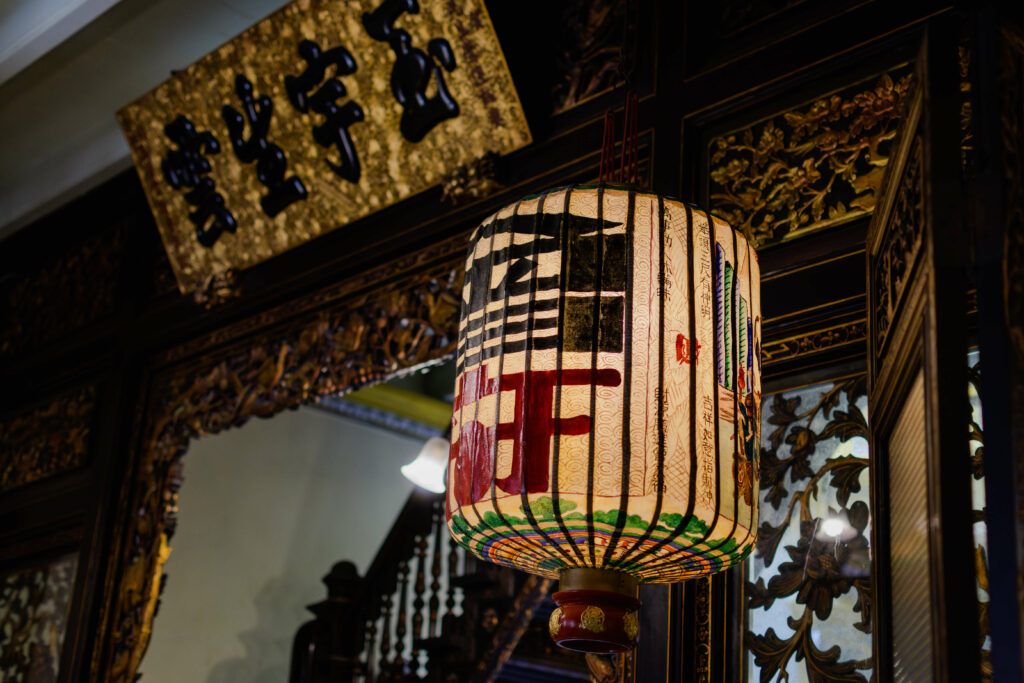

Now, about the museum. The museum is actually a large two-story house, a consolidation of three terrace lots. The Chan family purchased the house in 1861, and it served as a residence for four generations before it became a museum in 1985.
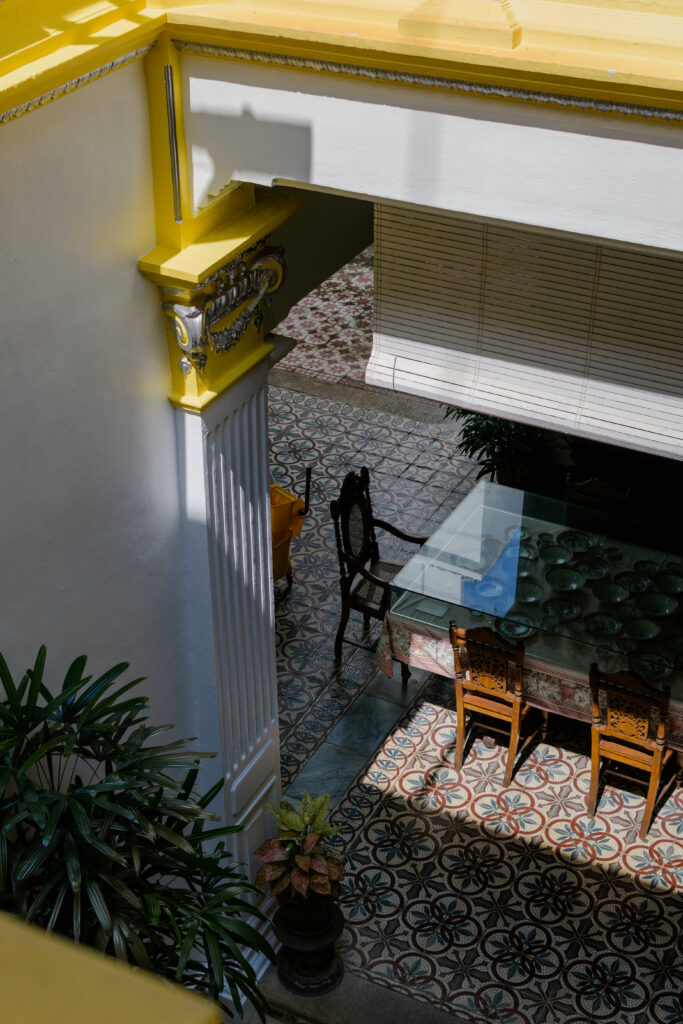



The Chan family has a rich history in Melaka dating back to the 19th century. The family originated from Southern China. Today, the family’s descendants are in the seventh generation.

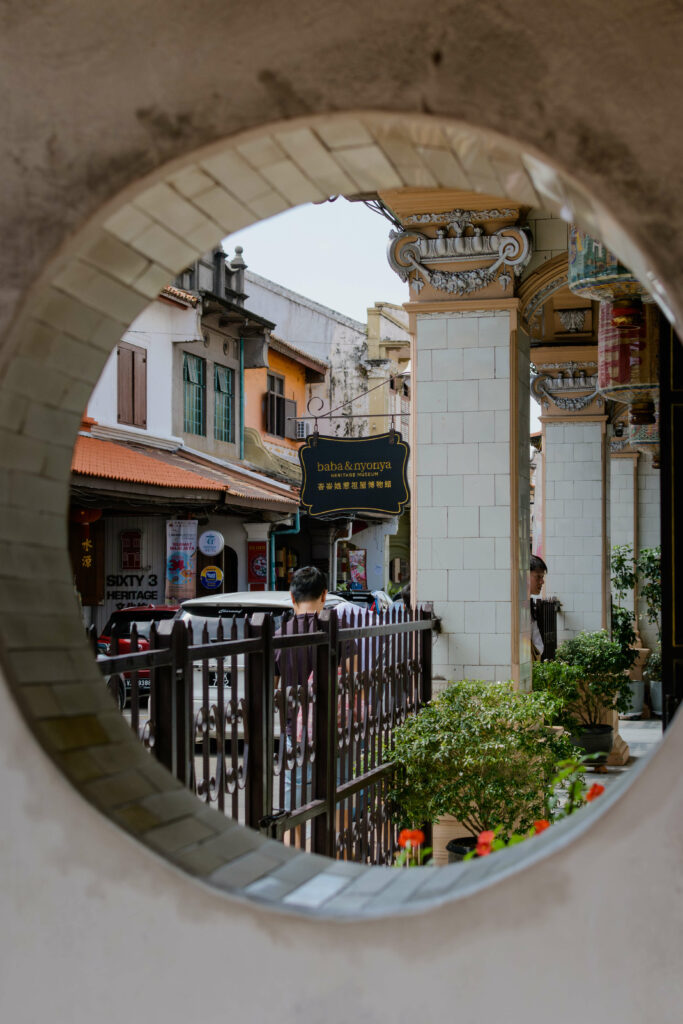
Chan Cheng Siew, born in 1865, was a second-generation Peranakan Chinese and a noteworthy planter nicknamed Towkay Cermin Mata. In addition to his work on the plantation, Cheng Siew also served as a Justice of Peace, trustee, and property investor.


According to the museum, Chan Cheng Siew stands out as the most prominent family member associated with the house. He was responsible for the majority of the interior styling, and his lavish tastes in decoration are evident throughout the house.


To those visiting the museum soon, here’s a brief layout of the building. The museum can be divided into four sections: Thia Besar, Dapur, Thia Abu, and the Wedding Room on the upper floor.
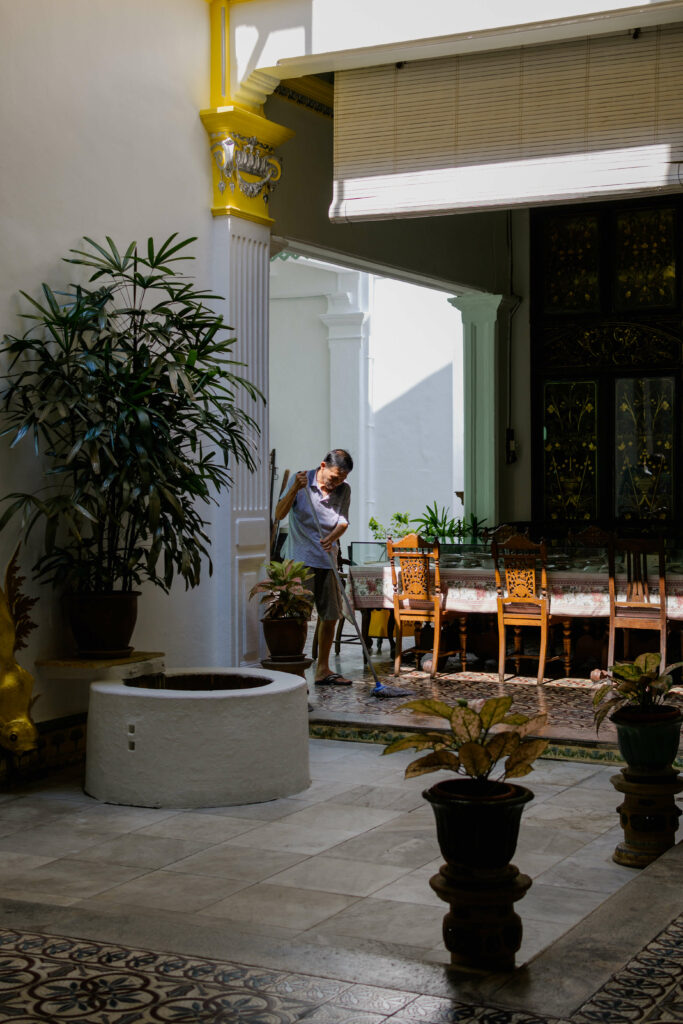

Thia Besar, or the reception hall, boasted tall panels of Chinese silk embroidery, showcasing the Straits-born family’s Chinese heritage. Only men were allowed here back then. In this hall, men discussed affairs, while women watched through screen holes from the dark hall.


Dapur, or the kitchen, was the heart of this or any Peranakan home, where the Chan family’s women gathered. It was a space for the close extended family to connect and share gossips in their local creole language, Baba Malay.

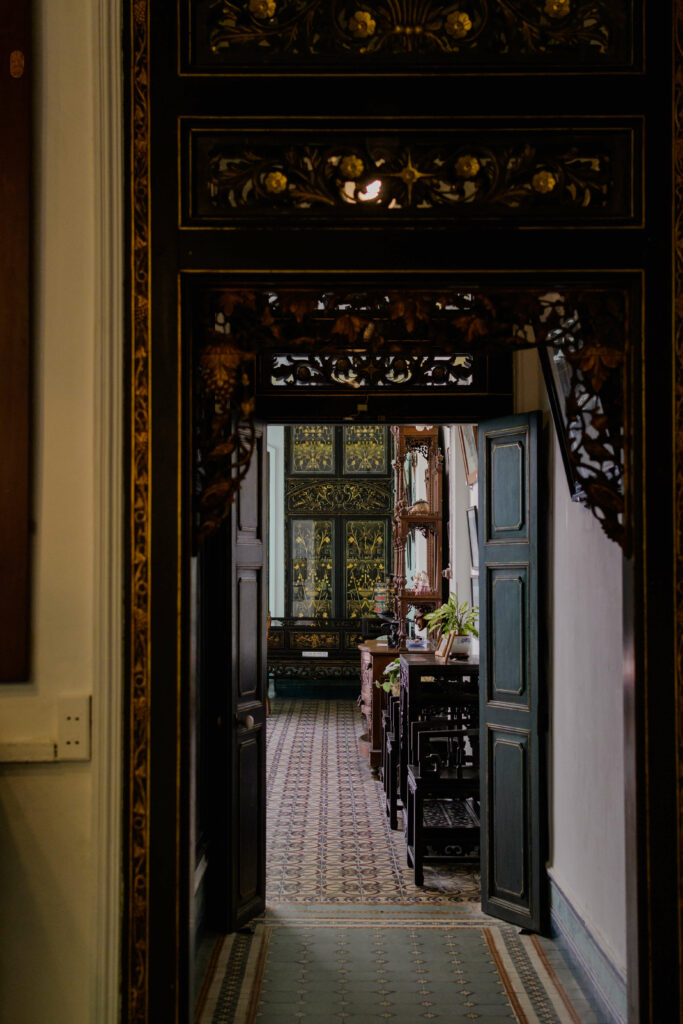
Thia Abu, or the ancestral hall, family members would conduct prayers seven times a year on important dates for ancestors and before Chinese New Year. They would come to prepare food offerings for these occasions.




Once a family bedroom, the Wedding Room on the upper floor now showcases wedding costumes in glass cases, daily life objects, and old money.




When exiting the museum, visitors are guided to enter The Baba Story, a souvenir shop that sells all things Melaka and Baba & Nyonya. The products range from textiles, keychains, and traditional pineapple tarts to books.

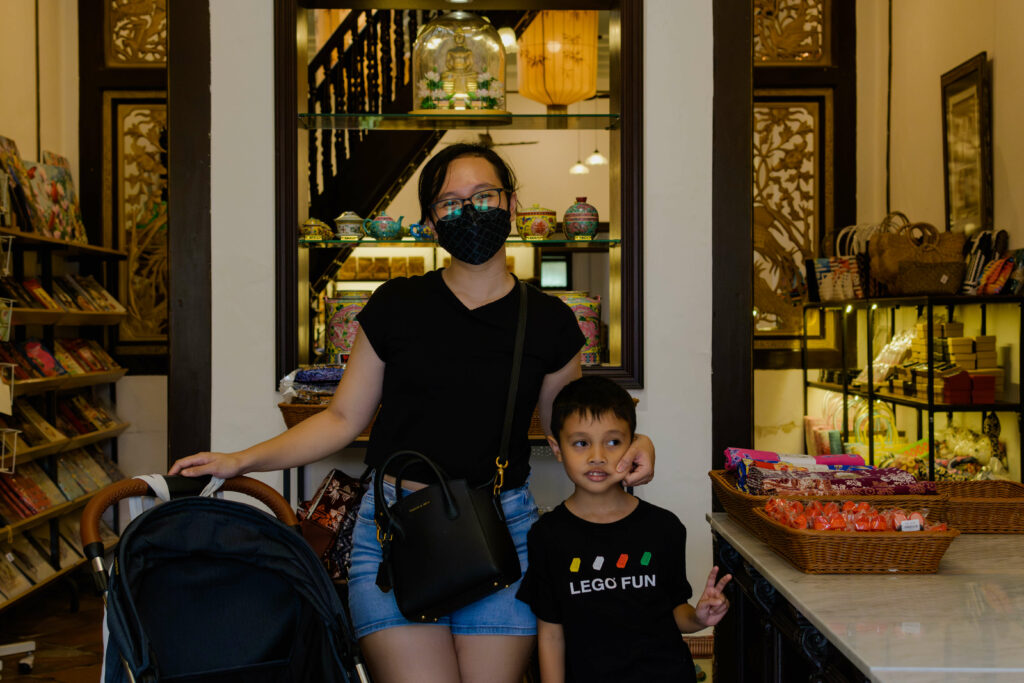


Entrance fees are RM18 for adults and RM13 for children aged 5-12. The museum is open every day except Monday, from 10 AM to 5 PM. Here’s the Google Maps link to the museum. It’s always a good idea to call the museum before visiting.
